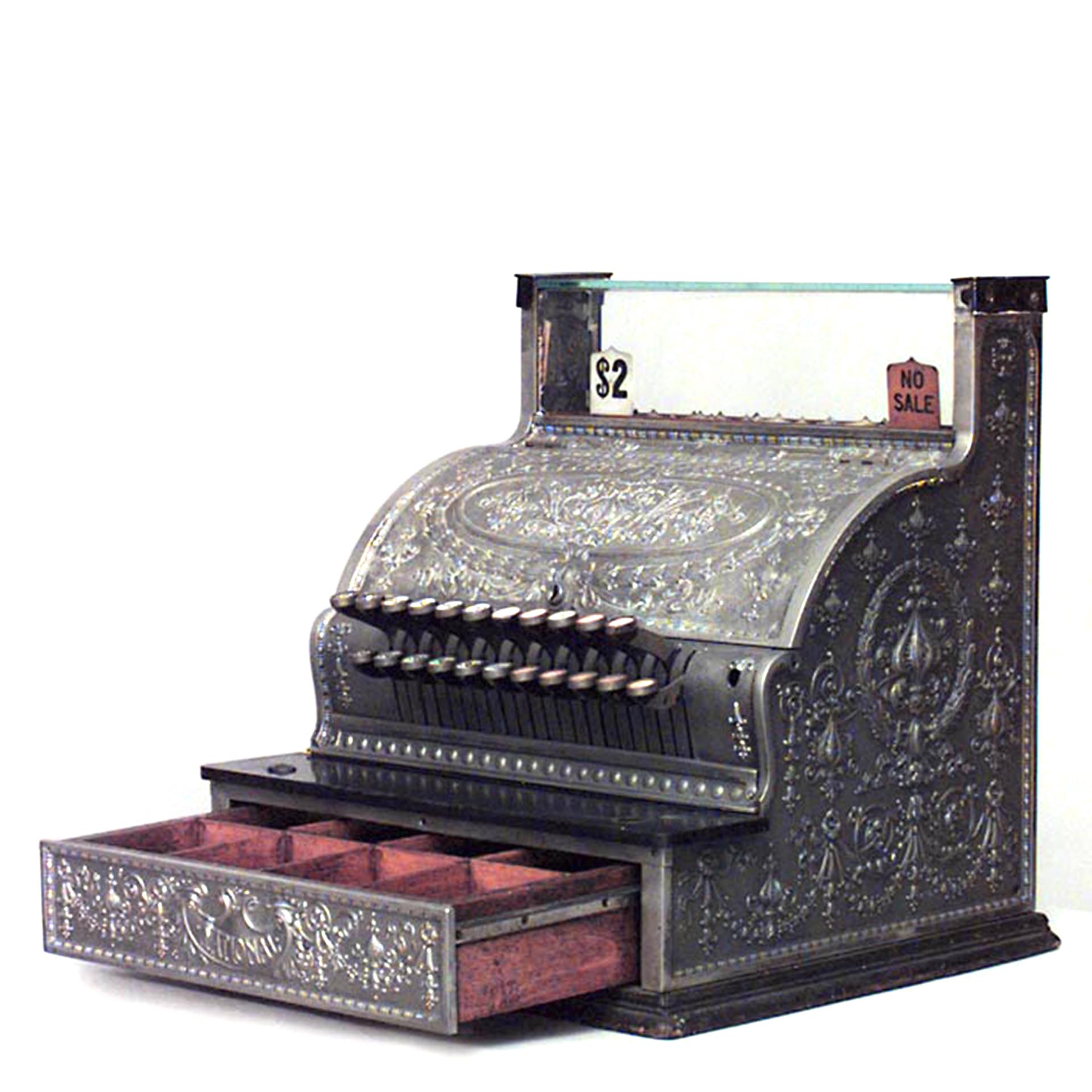They'll do it as soon as JS finishes building his device for measuring wishful thinking.
https://audiophilestyle.com/forums/topic/22187-uptone-audio-regen/?do=findComment&comment=400967
https://www.stereophile.com/content/uptone-audio-usb-regen-manufacturers-comment
UpTone Audio USB Regen Manufacturers' Comment
Manufacturers' Comment, UpTone Audio USB Regen
Editor: While we wish to thank Michael Lavorgna, Kalman Rubinson, and John Atkinson for their terrific team coverage of our USB Regen, I would be remiss not to take this opportunity to express our tremendous gratitude to the audiophiles and music lovers around the world who have made the Regen a runaway success—well beyond what we had initially imagined—in just a few short months.
As I pen this reply in late August, over 2000 units have been sold since its launch in May-and with zero advertising! That's crazy, especially for a small firm such as mine, but it is a testament to the power of word-of-keyboard, as continuous and near-unanimous reports are shared by Regen users around the world, hearing results with DACs, computers, and streamers, from modest to mega.
The Regen circuit was designed by my close friend John Swenson. He is a truly brilliant engineer whose day job is designing the power-distribution networks deep inside large custom computer chips (the sort of devices that run high-speed network data centers), so his knowledge and understanding of the root causes and physical factors at play in digital interfaces are formidable. While his audio design talents are broad and considerable—several other groundbreaking products are in the works—we chose to tackle the shortcomings of the ubiquitous USB interface first. When Michael Lavorgna reviewed our USB Regen for
Stereophile's sister website
AudioStream.com, he was gracious in publishing our concise "white paper," wherein John explains the challenges inherent in USB input circuitry and how the Regen addresses them. We encourage those interested to click
here to learn more about this topic.
With regard to John Atkinson's valiant attempts to measure differences at his DAC's analog outputs with the Regen in and out of the chain, allow me to paraphrase a recent post of John Swenson's from the ComputerAudiophile.com forum, where the two of us hang out:
"Measuring the signal integrity of the USB signal is something fairly easy to do with a 3–4GHz scope and an eye-pattern test. Jitter measurements are a lot harder[;] at the exceedingly low level we are looking at[,] it takes some rather expensive test equipment. Unfortunately[,] where a lot of the final jitter happens is inside the DAC chip[,] and that is essentially impossible to measure.
"None of the standard audio tests have been able to find any difference in the analog audio output. Part of the problem here is that in order to make any sense, the analog-to-digital converter used in the test equipment must have lower jitter than the jitter you are trying to measure the effects of. People doing these measurements are using ADCs that have known jitter levels significantly greater than what the best DACs have. This makes these tests pretty useless for measuring the supposed effects caused by changes in jitter.
"The theory I am going on for these effects is that the operation of the USB receiver is generating noise in the DAC's power and ground system, and this should be measurable. I'm putting together a test setup to better measure this. Yet that is still an intermediate effect[;] I don't know how to test the analog out well enough to actually measure the analog changes.
I think I would have to build the world's best ADC in order to do so. Don't hold your breath on that.
"Improvements at this level do not cause changes to gross frequency response or distortion, yet they do make things sound 'more real.' The problem is that nobody knows what the actual changes are that cause people to perceive the sound as being more real. If we did[,] it would be a lot easier to set up tests to look for it. And on top of that, because it is so intertwined with the aural perception system, it is probably different for different people."
So perhaps by the time this appears we will have published eye-pattern measurements to at least demonstrate the Regen's positive effect on USB signal integrity. But beyond that, everyone will just have to continue judging the merits with their own sensitive instruments—their ears. Of course, that's what ultimately counts for musical enjoyment.
Again, thank you for the lovely review, and remember: The best DAC you have never heard may be your own. It's great to
Regenerate!—
Alex Crespi, UpTone Audio








